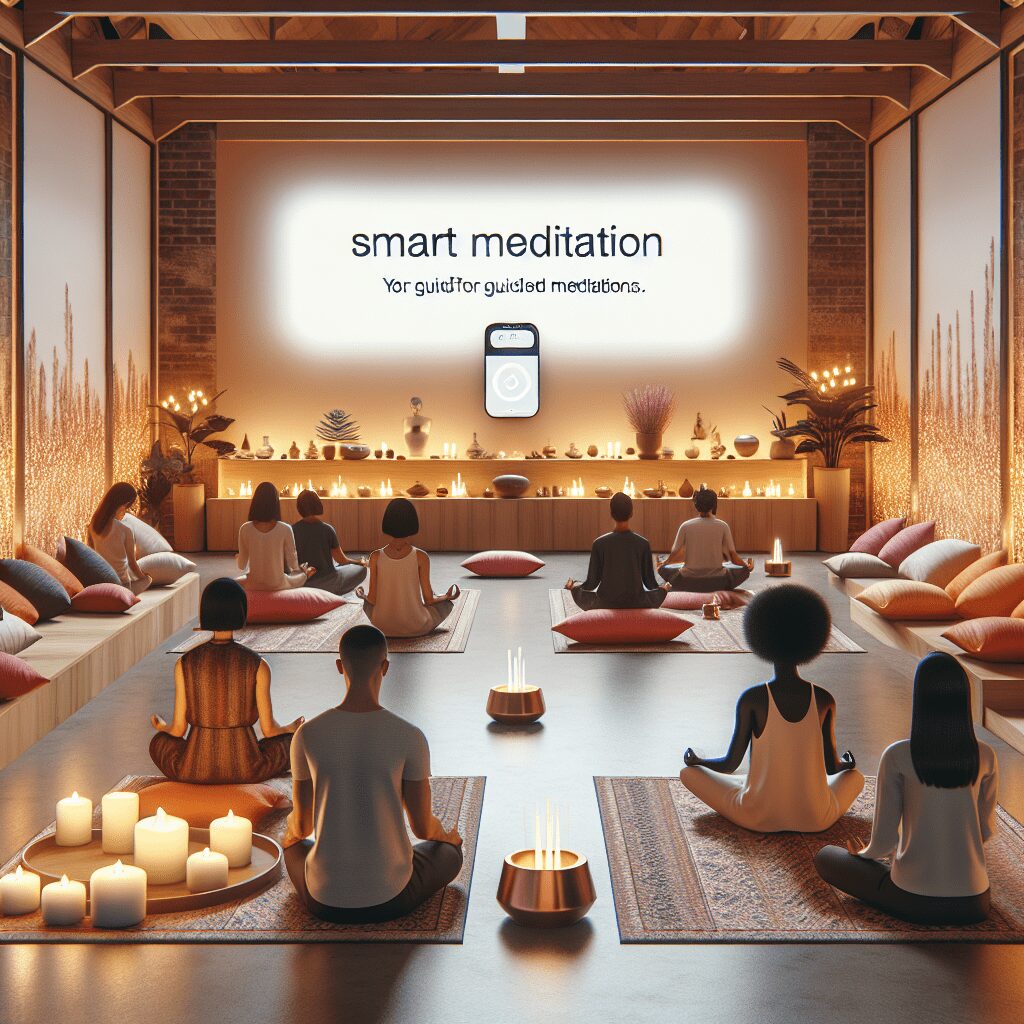
Prioritize your mental well-being daily. Enhance your life by nurturing your mental health with the Smart Meditation app. Break free from stress, alleviate anxiety, and enhance your sleep quality starting today.
How To Make A Stress Reduced Room?
Creating a Haven of Calm: Design Your Stress-Reduced Room
In today’s fast-paced world, stress has become a familiar, yet unwelcome, companion for many. Amidst the whirlwind of commitments, deadlines, and daily pressures, finding a sanctuary where one can unwind and recharge is not just a luxury; it’s a necessity. Enter the concept of a stress-reduced room—a personal haven designed to soothe the senses, calm the mind, and rejuvenate the spirit. But how does one go about creating such a space? Let’s dive in!
The Essentials of Crafting a Serene Space
First things first, designing a stress-reduced room isn’t just about slapping on a coat of paint and calling it a day. It’s about creating an environment that speaks to your senses in a calming manner. Here are some essentials to get you started:
-
Color Me Calm: When picking a palette, think serene and soothing. Soft, muted tones like pale blues, gentle greens, and warm neutrals can work wonders in lowering stress levels. These hues have a proven track record of promoting tranquility and ease.
-
Let There Be (Soft) Light: The right lighting can make or break your tranquil space. Harsh overhead lights are out; warm, diffused lighting is in. Consider installing dimmer switches or opting for lamps with soft white bulbs to create a cozy ambiance.
-
Nature’s Touch: Incorporating elements of nature can significantly enhance the calming effect of your room. Whether it’s a potted plant, a small indoor fountain, or just a vase of fresh flowers, a dash of nature can help purify the air and connect you to the serene outdoors.
-
The Sound of Silence (Or Close To It): Keep noise pollution at bay with soundproofing, if possible. Alternatively, a white noise machine or a playlist of soothing tunes can help mask unwanted sounds and create an auditory backdrop conducive to relaxation.
-
Clutter-Free Equals Stress-Free: A cluttered space can lead to a cluttered mind. Opt for minimalist decor and ensure everything has its place. This doesn’t mean sterile; it means selective. Choose items that bring you joy and contribute to the room’s relaxed vibe.
A Personal Touch: Making It Yours
While the basics provide a foundation, personalizing your stress-reduced room is what truly makes it a retreat. Here are a few suggestions:
-
Cozy Comforts: Invest in comfortable seating or a plush rug that invites you to kick off your shoes and stay awhile. Soft throws and cushions can add warmth and comfort.
-
Sense-ational Elements: Aromatherapy can play a significant role in reducing stress. Scents like lavender, chamomile, and sandalwood are known for their calming properties. Consider a diffuser, scented candles, or essential oils.
-
Tech Timeout: Designate this space as a tech-free zone, or at least, limit electronic distractions. The constant barrage of notifications can wait; this is your time to disconnect and recharge.
-
Reflect and Rejuvenate: Consider including a corner for meditation, yoga, or simply quiet reflection. A small meditation cushion, a soft mat, or even a dedicated chair can serve as an invitation to practice mindfulness.
By sifting through these ideas and incorporating what resonates most with you, crafting your sanctuary can be a rewarding journey in itself. Remember, the goal isn’t perfection but the creation of a space where stress melts away, and tranquility reigns supreme. Whether it’s through color, light, nature, or personal touches that speak directly to your soul, your stress-reduced room can become your private oasis in the midst of life’s chaos—a place not just to escape but to restore and rejuvenate your being for whatever lies ahead.





